Dear Shondaland Team,
My name is Laurita Tellado, and I am the Founder and President of a small, family-run non-profit named The Laurita Spina Bifida Project. (My parents are Vice President and Treasurer!) I’m originally from Puerto Rico but was raised and live in Orlando, Florida.
I’m also a longtime fan of “Grey’s Anatomy” and many other Shondaland shows.
As a young kid with spina bifida, I became interested in activism around the age of 10. Now 35, I’ve spent most of my life trying to effect change for the global spina bifida community, which is at least 500,000 strong. My passion for advocacy has helped me live a life of deep purpose while also dealing with the challenges of having had 22 surgeries and countless hospitalizations.
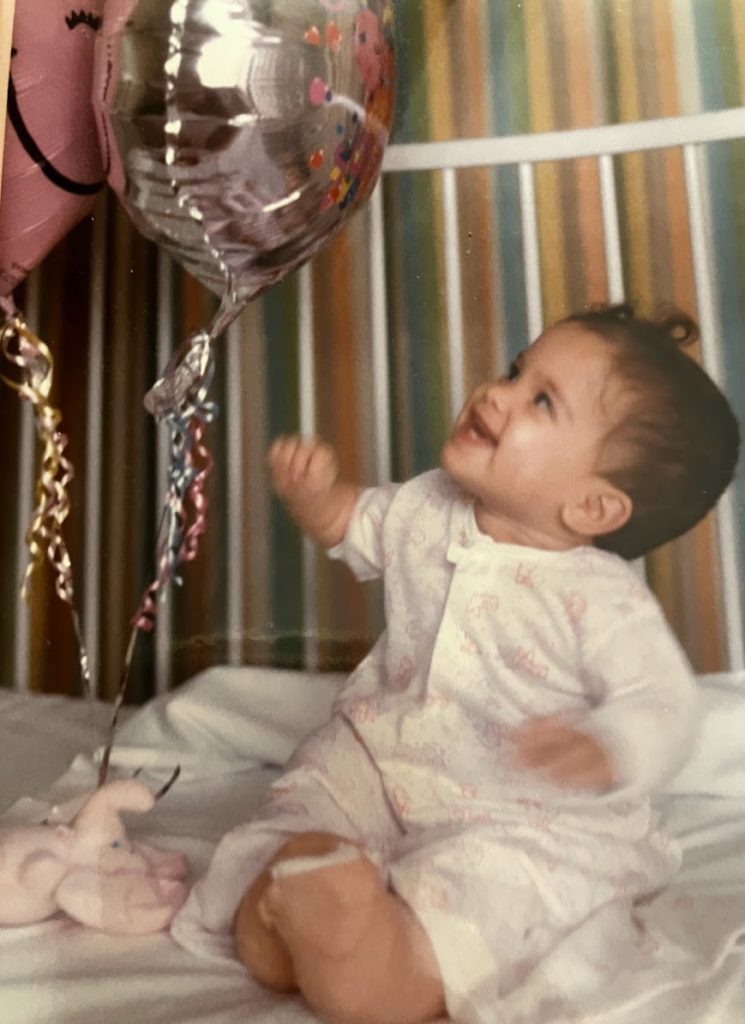
as a baby in Puerto Rico.
Aside from the medical and physical difficulties, my biggest frustration growing up was the lack of public awareness of spina bifida and my incessant need to explain it to teachers, peers, and, – yes– medical personnel in different situations. I also was the target of incessant bullying in school.

when I’m too busy climbing.
So, you can imagine my excitement and genuine enthusiasm when one of my all-time favorite characters on one of my all-time favorite shows, Meredith Grey, adopted a little girl with spina bifida.
Admittedly, it was incredibly disappointing to find out that neither the twin girls who played Zola as a baby nor the talented Aniela Gumbs who we’ve seen for quite a few seasons has spina bifida. As a nearly lifelong spina bifida activist and non-profit leader, I’m very embedded in the national and broader global spina bifida community. I know plenty of kids who are actors with spina bifida who would have loved to play MerDer’s child! But alas, the part went to a child without a disability, as so often happens in Hollywood.
The other aspect of Zola’s presence on the show that I find incredibly frustrating and disheartening is how showrunner Krista Vernoff and the Grey’s writers have completely sugarcoated Zola’s experience as a person with spina bifida. For a show that prides itself so much on medical accuracy that it retains medical consultants on its staff, your team seems to care very little about the spina bifida experience and its credibility on screen.
To date, I can recall Zola having no more than three surgeries since her arrival in the U.S. In reality, most children born with spina bifida will undergo many surgeries in their early years– to correct the spina bifida lesion, to implant a shunt for hydrocephalus (which is Zola’s only known complication from what I can gather!), and to straighten legs, feet, and sometimes correct bladder issues. By the age of five, I’d already had twelve surgeries, from head to toe, quite literally.
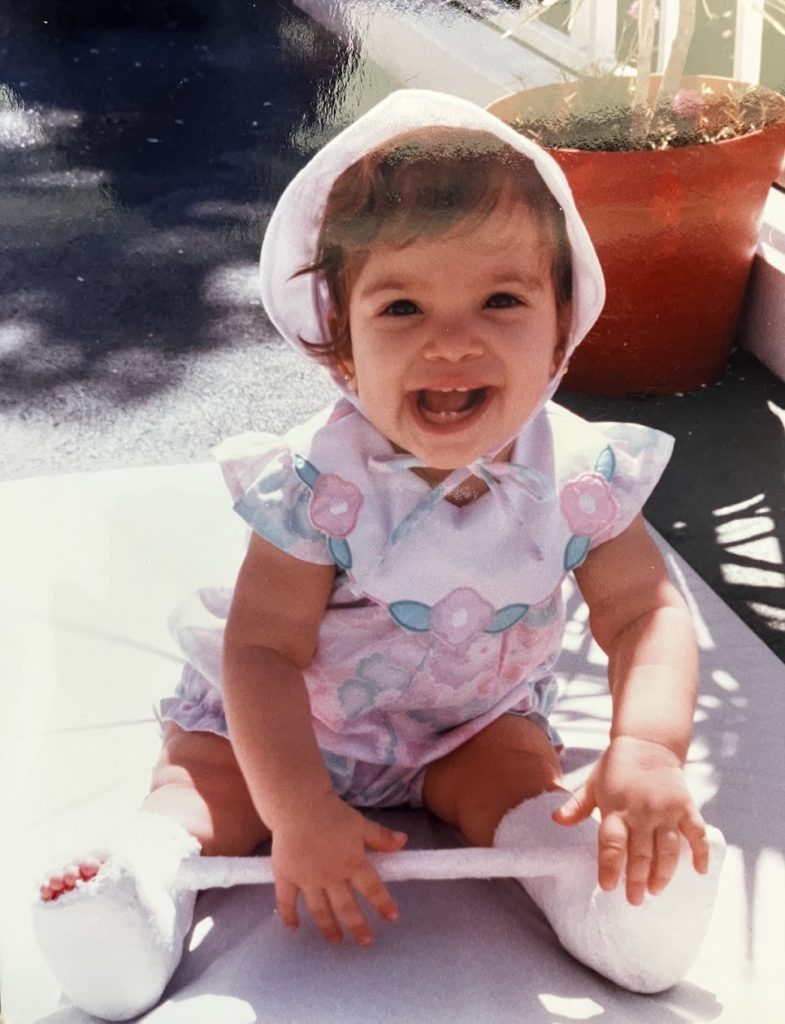
In fact, most of what we do at The Laurita Spina Bifida Project is raise funds to address dire needs for children with spina bifida and hydrocephalus in the developing world, including countries like Tanzania and Uganda. In truth, a child such as Zola who was born in Malawi and didn’t have her medical needs adequately addressed until she arrived in the States would most likely have severe mobility issues, not to mention, bladder and bowel complications, too. None of this comes across on the show. As if by TV magic, Zola doesn’t even appear to need orthotic devices. (I used leg braces for 18 years, and a walker when needed, and I have been a part-time wheelchair user nearly my entire life.)
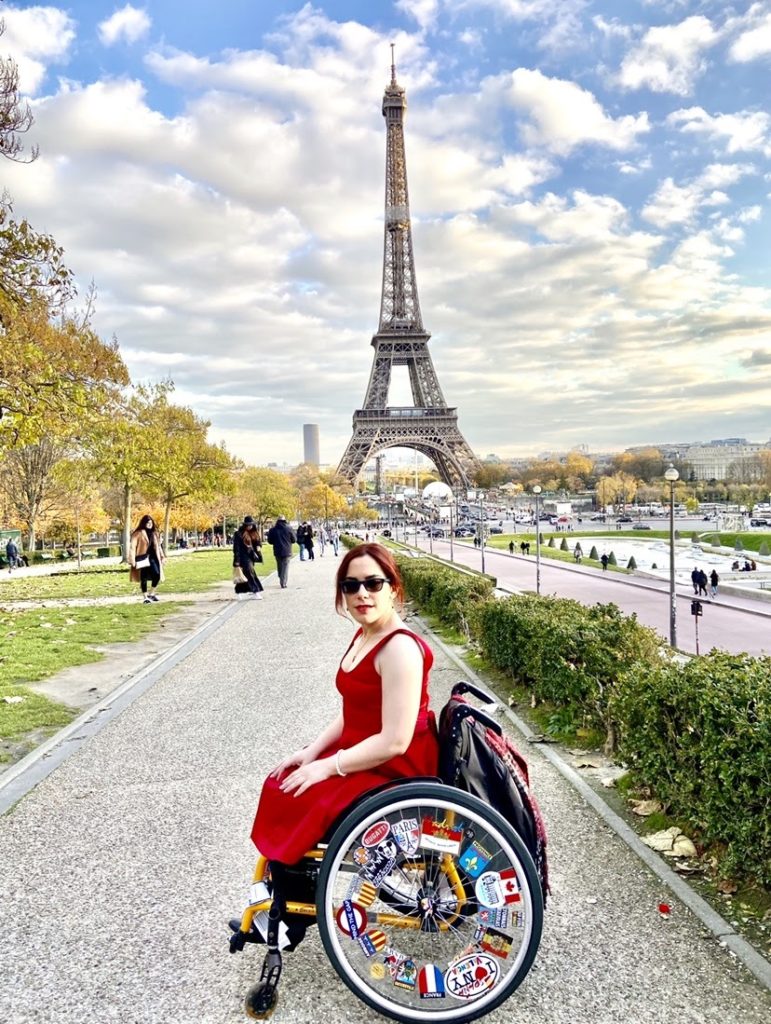
These oversights are especially alarming considering Zola’s dad Derek was an incredible neurosurgeon, as is her Auntie Amelia. (You’d think that a storyline that involves several highly-skilled neurosurgeons would seek to represent more accurate details about, um, neurosurgery.)
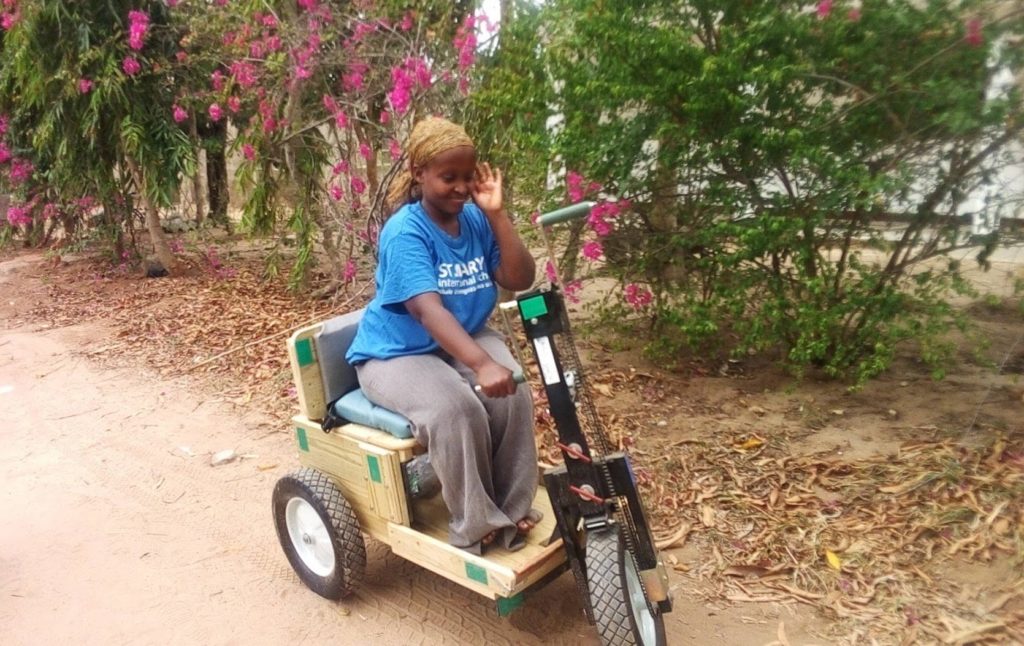
with funds raised by The Laurita Spina Bifida Project, 2016.
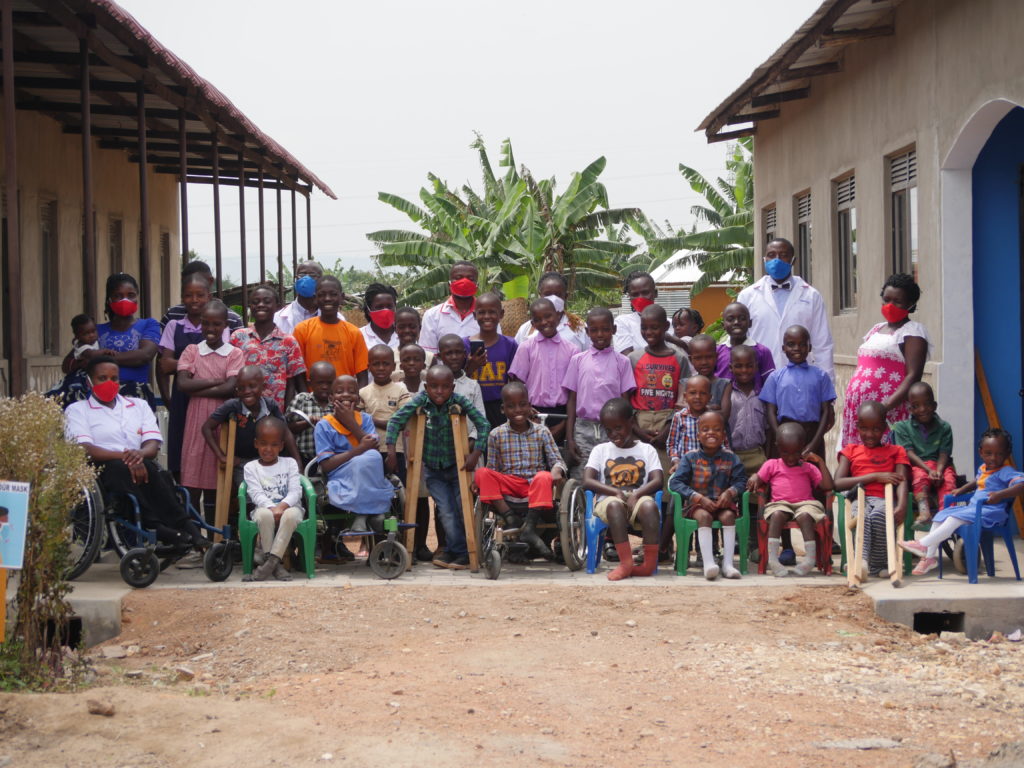
actually look like (in the front row).
Students and staff at the Hope Inclusive Development Center in Mbarara, Uganda, a center we have been the sole funders for since 2019.
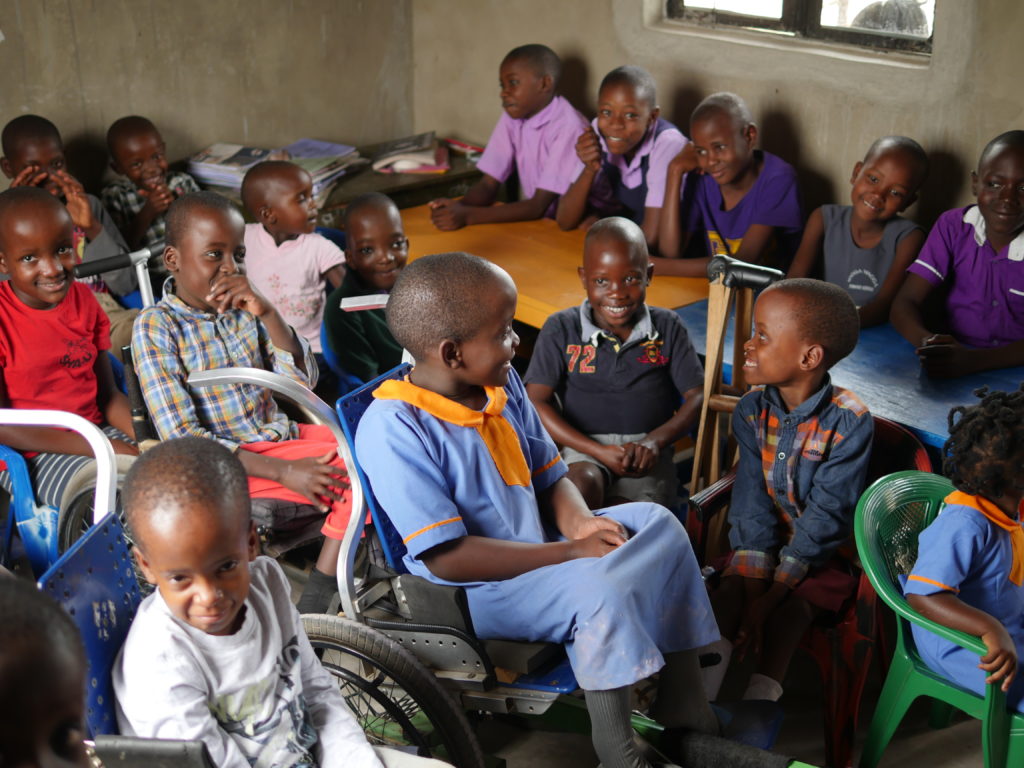
Hope Inclusive Development Center, Mbarara Uganda.
But if Zola’s portrayal has been incredibly problematic and inaccurate, the end of Dr. Arizona Robbins’ story arc was a slap in the face to so many of us with spina bifida. (Of course, I’m choosing right now to disregard the fact that Jessica Capshaw, while brilliant, is not an actual amputee.) In one of her last appearances onscreen, Arizona performed fetal surgery on a baby with spina bifida. While it is true that fetal surgery is now a valid option for many unborn babies with spina bifida, this particular episode seems misleading on various points.
First off, not every expectant mother with a baby with spina bifida is a viable candidate for fetal surgery. While it has been successfully performed for quite a few years, it is important to note that not everyone qualifies for this procedure, and many babies (like me) continue to have surgery after birth to close the myelomeningocele. I am friends with many moms whose kids had either fetal surgery or surgery after birth to close the spine.
Furthermore, while the episode seems to focus more on the mother’s fear of medical procedures, the level of emotional manipulation employed by Arizona on the expectant mother (and, by extension, on viewers) is unbelievable. The narrative is “if you don’t have this surgery, your baby will be paralyzed.” Aside from the blatant fact that there is simply no way of knowing this until after the baby is delivered, the dialogue is incredibly ableist and assumes that fetal surgery is the only answer and that the mother is a bad mother if she chooses otherwise.
This show is one I have proudly watched for 18 seasons and have grown to love more and more due to its progressive tone and themes. The idea that Grey’s writers could actually subscribe to the “disability is bad and must be avoided at all costs” narrative is, to me, inexcusable. It is clichéd and hackneyed at best and incredibly offensive to people like me at worst. Fetal surgery wasn’t even an option when I was born, and parents today should not be made to feel bad if they choose differently for their child.
Then, there is the insinuation that the baby will be born perfectly healthy (read: “without spina bifida”) if she has fetal surgery. As an adult with spina bifida who also knows many parents who chose fetal surgery for their kids, I can tell you that, while many are born with far fewer complications, it is not a “cure” and to package it as such to make it more digestible and emotionally compelling for your audience is exploitative.
Yes, this outreach is a very long time coming, but please know it took me this long to write this because of the emotional toll these issues have taken on me. But, I figure I’ve tuned in enough Thursday nights with the expectation that things will change.
At the very least, I would like to present you with an idea: hire a person with spina bifida to consult on the show. While our viewpoints as members of the global spina bifida community are as diverse as the breadth of our individual experiences, there are many common threads we all share– important threads that are never alluded to on Grey’s Anatomy.
With travel being one of my absolute favorite things, I have had the opportunity during my family trips to meet members of the spina bifida community in Paris, France, Ghent, Belgium, and in multiple cities in Spain. In November 2019, I was invited by the city of Paris to consult on accessibility issues that need to be addressed ahead of their hosting of the Paralympic Games in 2024.
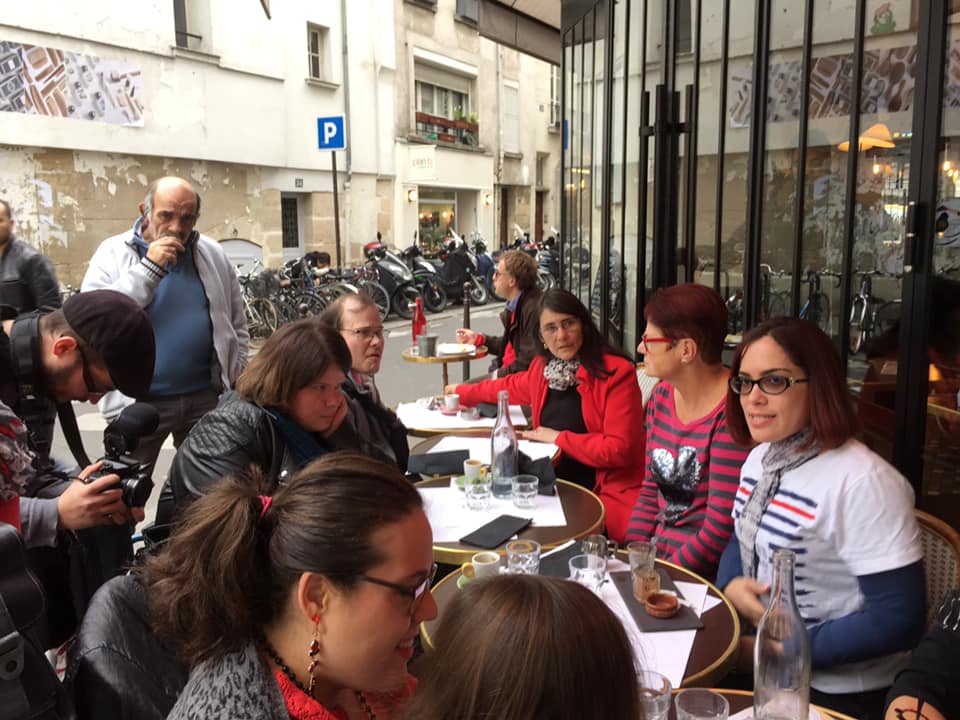
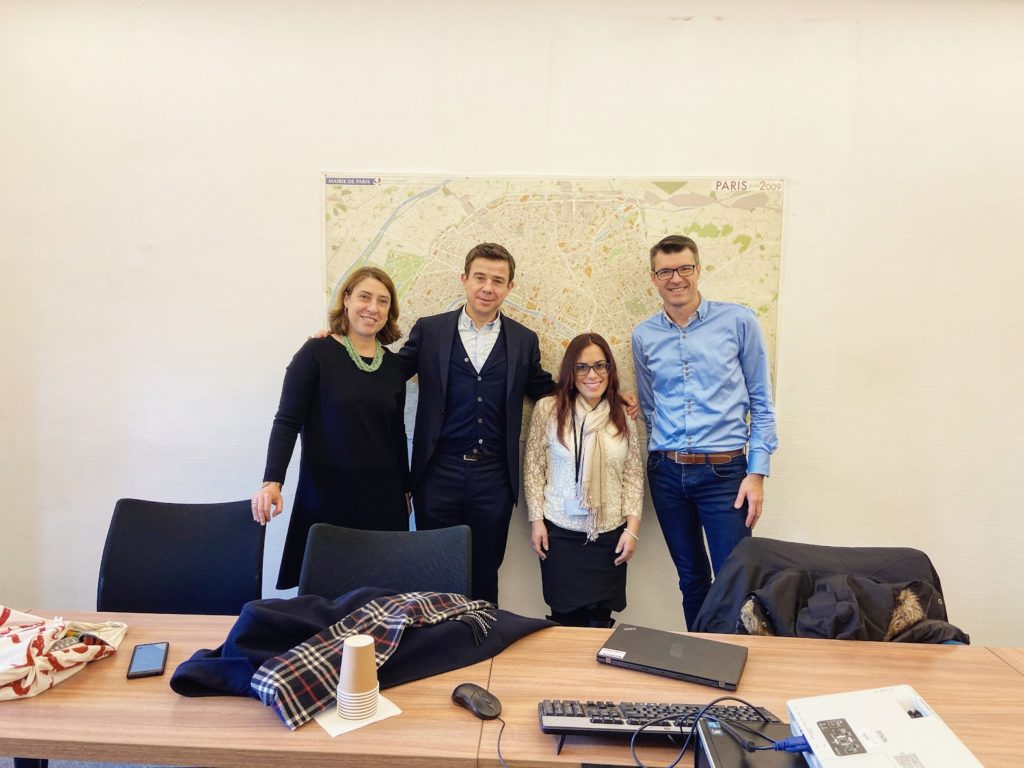
Paris’ Hôtel de Ville, November 2019.

I am especially surprised at all of these glaringly obvious (to me) plot holes and the whitewashing of the spina bifida experience, especially considering one of Shondaland’s biggest stars now is Boris Kodjoe. I must admit, I had no desire to get hooked on yet another show but eventually began watching “Station 19” because of Boris, who has a daughter with spina bifida. I had the honor of meeting Boris at an event in Orlando in February 2012. He couldn’t have been more gracious, and when I told him I have spina bifida, he had me sit next to him at the event and showed me pictures of his beautiful daughter on his phone!
I have to wonder what Boris thinks of Zola’s storyline and how her disability is portrayed.
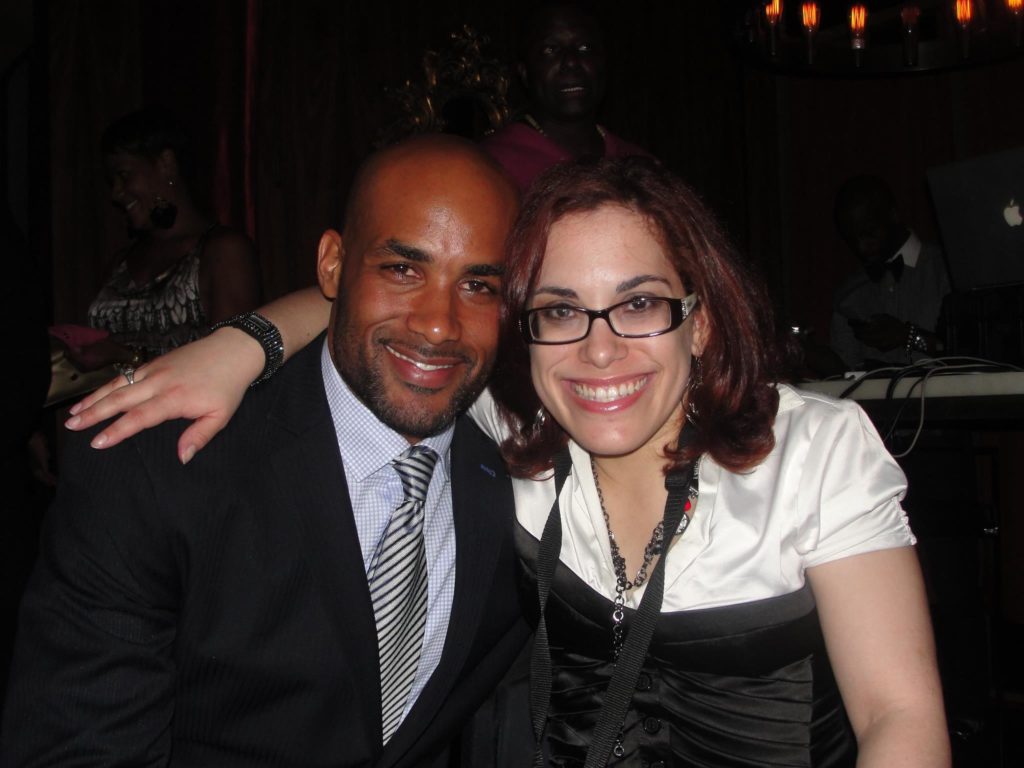
in Orlando, February 2012.
What is most upsetting of all, is that in presenting such a Hollywood, ableist portrayal of Zola, you are denying children with spina bifida (and adults, too) the opportunity to truly see themselves in her character. I would have given anything to see authentic characters with disabilities on T.V. and in films when I was a kid.
By showing Zola facing the challenges that are specific to those of us with spina bifida, and by watching her take them on, struggling, and then finding ways to adapt and thrive, you would do a great service to an entire generation of children with spina bifida that is now growing up in a world where the words “diversity” and “inclusion” are constantly, casually thrown into discussions. But, when it comes to people with disabilities, rarely do these discussions lead to actual inclusion. Instead, they ring hollow and remain nothing more than gratuitous lip service.
I have witnessed as “Grey’s Anatomy” has broken glass ceilings left and right. From becoming one of the most female-centered television programs in history both on and off-camera, to casting many BIPOC actors and members of the LGBTQ+ community, Grey’s producers and writers have shown that inclusion is the new black– and precisely why sidelining members of the disability community can no longer be excused. (Shout-out to Shoshannah Stern, a Deaf actress who portrayed the Deaf Dr. Lauren Riley, and who I would love to see again in an upcoming episode!)
I ask that you please take a moment to visit The Laurita Spina Bifida Project website. I’d love for your team to see what we have done in different parts of the globe, in particular in Uganda. Please watch the video, which further highlights for me how crucial onscreen representation is. We are constantly seeking to raise funds to keep this vital center open and running for these kids. The Hope Inclusive Development Center provides schooling, boarding for those who live in remote villages, and critical therapies in an environment where children with and without disabilities can learn and thrive together. Many of these kids have been abandoned by their parents or they are not able to care for them. For these children, access to this center is a matter of life and death.
People without disabilities have been telling our stories for far too long. We have been erased and silenced for far too long. If you think this was easy for me to write, then you’re wrong. It is absolutely terrifying to imagine getting backlash from fellow diehard fans who just want to passively watch the series as the writers intend.
But I cannot remain silent.
As my role model Meredith Grey would say, “Don’t let fear keep you quiet. You have a voice, so use it. Speak up. Raise your hands. Shout your answers. Make yourself heard. Whatever it takes, just find your voice and when you do, fill the damn silence.” And as I like to say, I need to bring my own (wheel)chair to the table!
Very Sincerely,
Laurita
